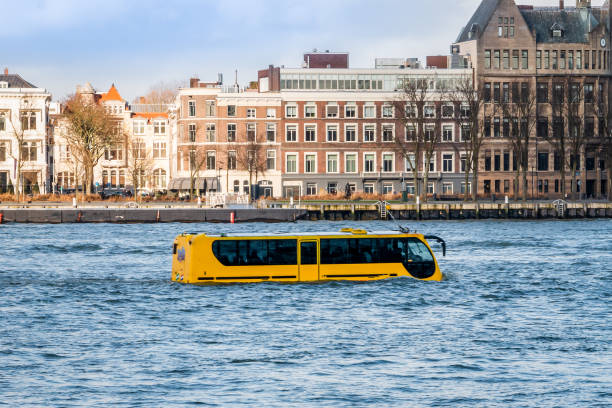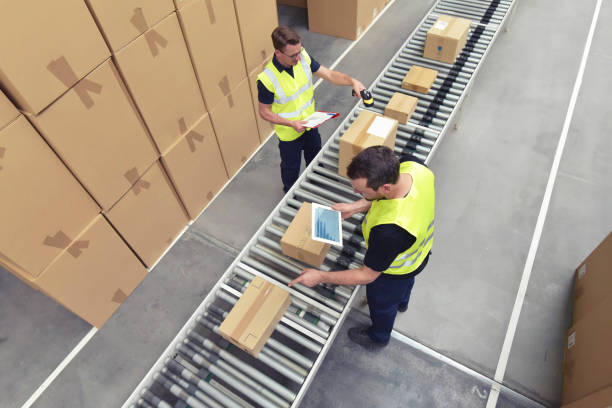Commuting with Amphibious Vehicles: The Dawn of a New Travel Era
The world is always on the move and as we evolve, so does our means of transportation. With the rise of urban congestion and the growing need for sustainable solutions, amphibious vehicles are quickly becoming a rising star within the travel and transportation industry. In this article, we delve into the fascinating world of amphibious commuting, examining its history, current trends, and future implications.

A Historical Deep Dive into Amphibious Vehicles
The concept of amphibious vehicles isn’t new; its origins trace back to the military sphere during World War II. They were primarily designed for military operations that required both land and water mobility. After the war, they started to gain popularity among civilians, particularly in areas prone to flooding or with a lot of water bodies.
Current Trends: Adventurous Commuting
While amphibious vehicles were traditionally associated with military operations and rescue missions, they are now being increasingly used for commuting in urban areas. The growing popularity of these vehicles can be attributed to their versatility and the unique experience they offer. For city dwellers seeking a break from the monotony of regular commuting, amphibious vehicles offer an exciting alternative.
Practical Applications and Challenges
Amphibious vehicles are not only an adventurous form of commuting but also a practical solution for areas with diverse terrains or prone to flooding. However, building a vehicle that can perform well on both land and water poses unique design and engineering challenges. They need to be watertight, buoyant, and able to navigate through water while also being robust enough to travel on land.
Impact on Travel and Transportation
The rise of amphibious vehicles represents a significant shift in the travel and transportation industry. It opens up new possibilities for exploring different landscapes and can make travel more accessible in areas with diverse terrains. However, as this form of commuting gains momentum, it will be essential to consider its environmental impact, particularly in water ecosystems.
Unconventional Yet Practical Tips for Amphibious Travel
- Always check the vehicle’s water-sealing capabilities before heading out.
- Remember that amphibious vehicles require different maintenance compared to regular vehicles.
- Be aware of local laws and regulations related to amphibious vehicle use.
- Always wear a life jacket when commuting on water.
In conclusion, amphibious vehicles are transforming our perception of commuting, making it more adventurous and versatile. As this trend continues to evolve, it will be interesting to see how it shapes the future of the travel and transportation industry. The key takeaway is that amphibious vehicles are more than just a novelty; they offer practical solutions to real-world challenges while adding an element of thrill to our daily commutes.





